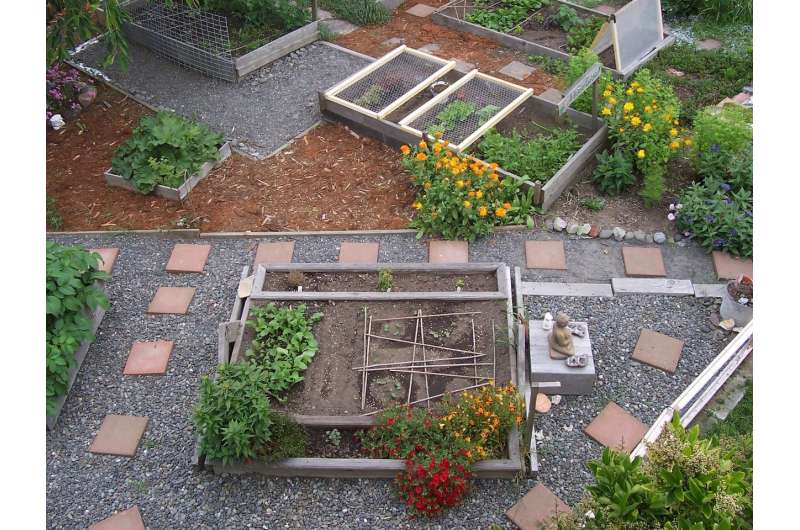Urban agriculture—Europe's untapped potential

By 2050, two thirds of the world's population will live in urban areas, according to the United Nations. The shift away from rural living creates challenges for food security, the environment and people's well-being.
Urban Agriculture Europe (UAE), a COST-funded network of over 120 researchers from 29 countries worldwide, investigated how urban agriculture provides solutions in Europe and contributes to innovative cities that are economically and environmentally viable.
Although the network ended in 2016, it is still making an impact. Its research has been cited extensively in a detailed briefing for the European Parliament.
The briefing is a valuable overview of trends, scope and impacts of urban agriculture in Europe. Lessons from UAE case studies from over 200 cities show where local policy can have the greatest impact – such as through specially adapted planning policy or an entrepreneurship-friendly culture – and areas where European-level policies might provide support.
UAE participant Dr.-Ing. Axel Timpe of RWTH Aachen University explains: "Our network's key recommendation was that you integrate different actors and benefits when you develop policy. Urban agriculture is about more than food production. It has social, environmental and economic potential, too."
Policy positioning
For example, Member States could set eligibility criteria for rural development or Common Agricultural Policy (CAP) funds to reward urban farming that meets environmental or social goals. Support could go to urban farms that shrink carbon-intensive supply chains or to community-led food gardens which bring together migrants and local people.
The briefing also highlights recognition by the European Commission and European Economic and Social Committee (EESC) that areas on city fringes need their own policies, as halfway points and links between city and the countryside.
According to Timpe, inclusive policymaking is also more effective than a top-down approach. "Invite partners and citizens to co-produce your urban agriculture policy. People care about food and green spaces."
European example
Much of the briefing is based on UAE's namesake study "Urban Agriculture Europe," co-edited by Timpe. This was the first comprehensive, interdisciplinary study of urban agriculture in Europe. Published in 2015, it still attracts interest from researchers and policymakers alike, and will be presented at the 2018 Green Week.
The UAE's online atlas of its case studies continues to provide inspiration for future initiatives, while DG Agriculture and the Afro-Caribbean Partnership are seeking advice from Urban Agriculture Europe researchers, based on their work. Practical research by network members is ongoing in a Horizon 2020 project, proGIreg, testing nature-based solutions for urban regeneration.
Provided by European Cooperation in Science and Technology (COST)

















